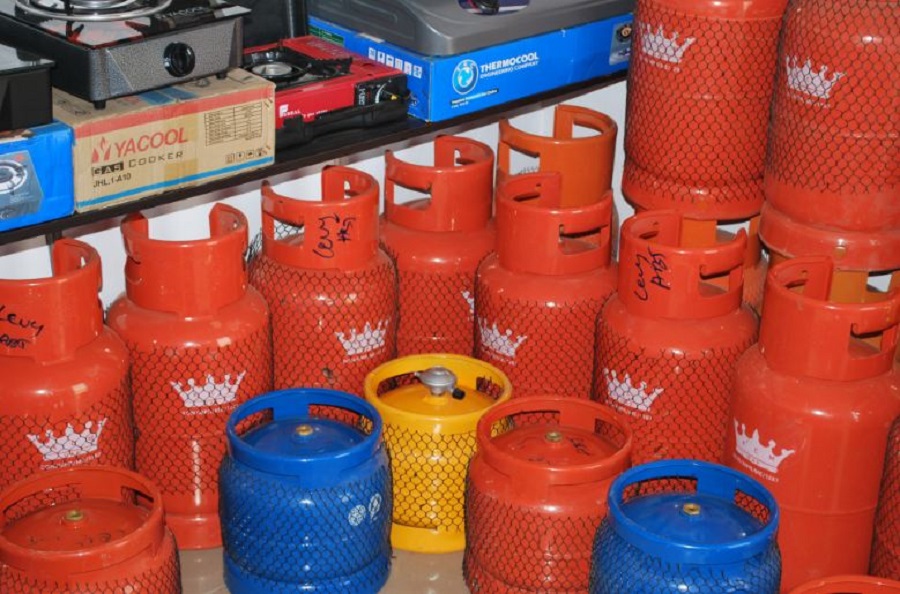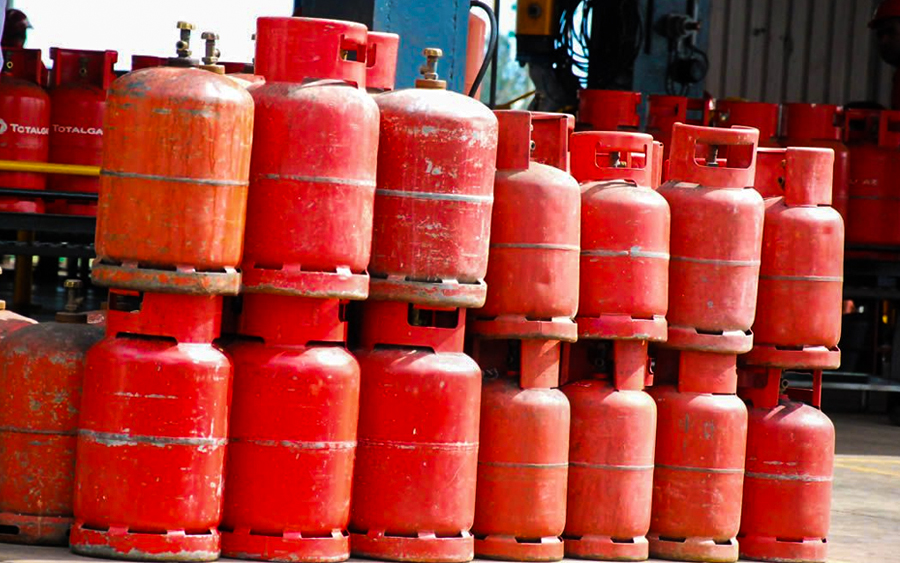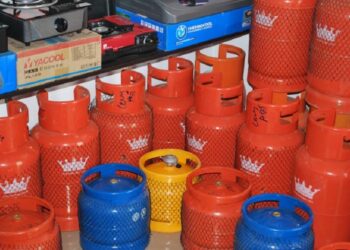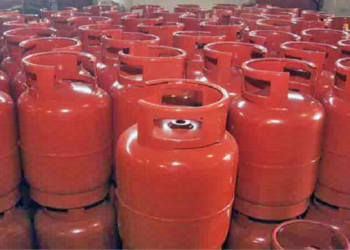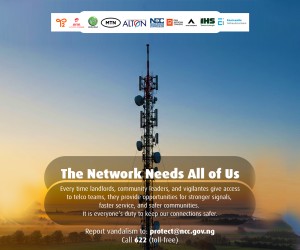President of the Nigerian Association of Liquefied Petroleum Gas Marketers (NALPGM), Olatunbosun Oladapo, has revealed that Nigerians will pay higher costs for cooking gas from mid-August 2023.
Punch reports that Oladapo says that gas consumers in the country should prepare for an increase in the price of liquefied petroleum gas (cooking gas).
Reasons for the expected price increase
According to the NALPGM President, cooking gas prices in Nigeria will experience a hike because of rising international prices, high tax rates, high prices of vessels, forex scarcity, and naira devaluation. Oladapo said:
- “It is starting next week because international prices have gone up. The prices of vessels have gone up and taxes are high, but consumers are not earning more. Their purchasing power has gone down.
- “Everybody is crying. Consumers, middlemen, and retailers are feeling the impact because business is now on the low side. The situation is very unfortunate because prices are going higher. Nigerian consumers are passing through very difficult times because they can no longer afford gas
- “Local taxes are worsening the problem. The government should come in and alleviate the suffering of the masses by providing palliatives and reducing taxes and levies.
Before this notice
In the June 2023 LPG price watch report from the National Bureau of Statistics (NBS), it was stated that 12.5kg LPG refill prices fell by 4.35% on a month-on-month basis from N9,537.89 in May 2023 to N9,123.25 in June 2023. Meanwhile, on a year-on-year basis, 12.5kg refill fell by 3.82% from N9,485.91 in June 2022.
Also, a 5kg cylinder refill of Liquefied Petroleum Gas decreased by 6.71% on a month-on-month basis from N4,360.69 recorded in May 2023 to N4,068.26 in June 2023.
Meanwhile, on a year-on-year basis, 5kg refill decreased by 3.56% from N4,218.38 in June 2022.
It is important to note that throughout the year, cooking gas prices can experience hikes and decreases because gas prices are benchmarked on an international level and the changes occur due to seasonal changes.
But how will this affect LPG use in the country?
In a recent interview with Nairametrics, Solomon Asogba, Lead Business Intelligence Analyst at HydroCIS said HydroCIS analysts expect 2023 to be a year of recovery in the LPG space.
He also said that by the end of 2023, Nigeria should have up to 1.3 million tons, given the 15% annual growth rate.
They also projected that by 2024, Nigeria should be doing up to 1.5 million tons in LPG supply.
However, given the current economic circumstances (22.8% inflation rate, increase in food and petrol prices), it seems Nigerians may be forced to switch from cooking gas (LPG) to dirty fuels like firewood and dung for cooking which will in turn impact the environment.
What you should know
This situation places Nigeria in a precarious position.
This is because, in a recent report, the International Energy Agency and the African Development Bank said that despite clean cooking access rates climbing from 8% to above 15% from 2010 to 2022, the number of people without clean cooking solutions in sub-Saharan Africa increased by 220 million.
- Over this period, sub-Saharan Africa provided clean cooking access to about 0.5% of its population each year. Even though the IEA and AfDB report does admit that LPG as a cooking fuel in Africa has gained some ground in countries like Kenya, and Nigeria, efforts are not enough.
- The report said that investments in clean cooking stoves, equipment, and infrastructure by 2030 would need to reach $8 billion annually. This represents a substantial increase in the $2.5 billion currently invested each year.
- According to the report, sub-Saharan Africa accounts for about half of the total investment requirement this decade.

